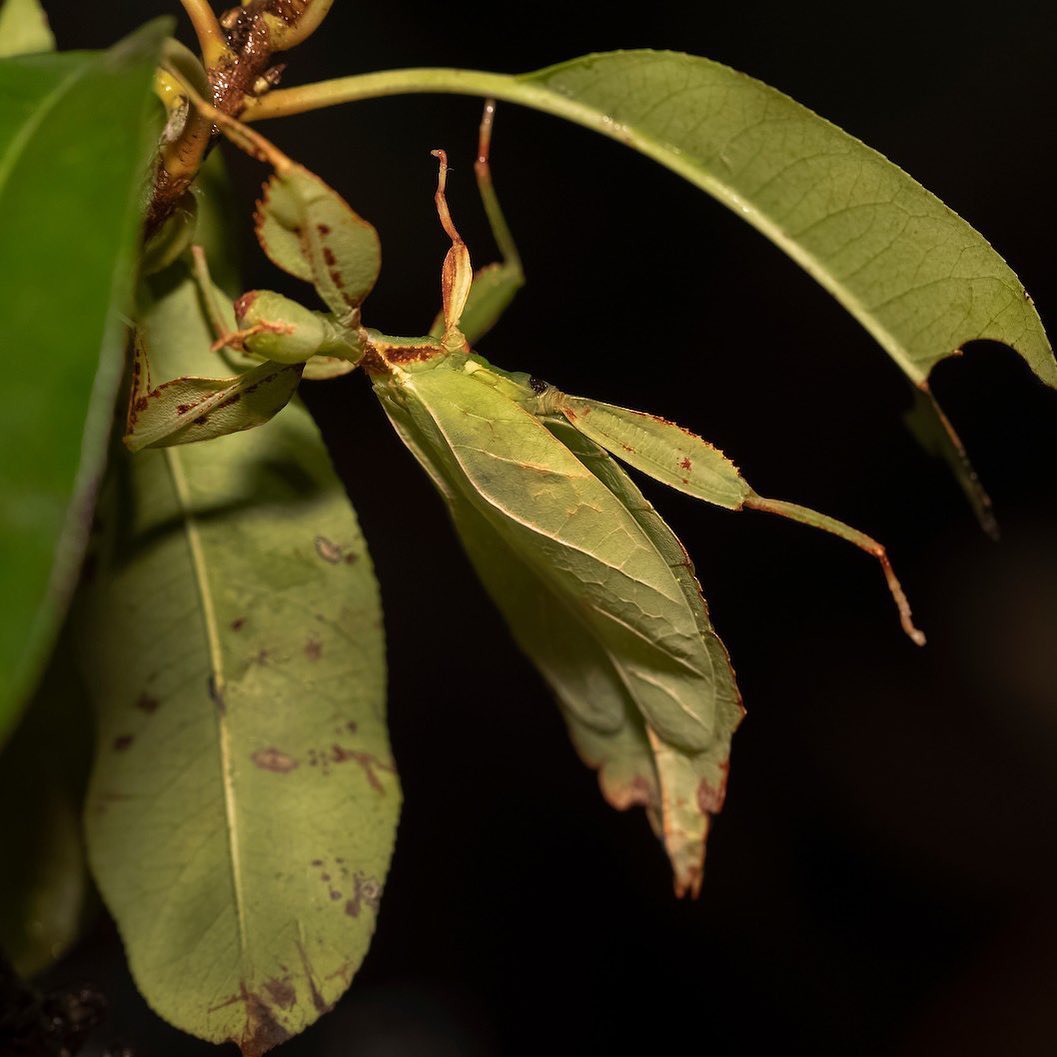Summary:
1. Introduction to The Walking Leaf Insect
2. The Incredible Mimicry of The Walking Leaf Insect
3. The Surprising Adaptations of The Walking Leaf Insect
4. The Fascinating Life Cycle of The Walking Leaf Insect
5. Fun Facts and Interesting Traits of The Walking Leaf Insect
Have you ever played hide and seek with an insect? If you haven’t, you’re missing out on the most extraordinary contender in the game – the walking leaf insect! In the realm of nature’s wonders, these remarkable creatures take camouflage to a new level. From their incredible mimicry to unique adaptations, the walking leaf insect never ceases to astound us. So, buckle up and prepare to delve into the intriguing world of this master of disguise.
First and foremost, let’s introduce you to the walking leaf insect, scientifically known as Phyllium siccifolium. Found in the rainforests of Southeast Asia, these insects possess a distinct leaf-like appearance that makes them almost invisible amidst the dense foliage. Their body structure, coloration, and even veined wings perfectly mimic a leaf. Imagine a game of hide and seek where the leaf is hiding among the leaves – it’s an unbeatable strategy!
But how do walking leaf insects pull off such an incredible feat of mimicry? Well, their unique adaptations come into play. These insects have flattened bodies, resembling the shape of a leaf, and their legs and antennae resemble leaf veins. This striking resemblance and the annual ability to sway back and forth like a leaf in the breeze confounds both predators and unsuspecting prey. It’s like having a walking leaf blend seamlessly into the forest, disappearing before your eyes.
The walking leaf insect’s camouflage prowess doesn’t stop at appearance alone. These incredible creatures also possess remarkable adaptations that further enhance their survival. For instance, they have mastered the art of surviving on an exclusive diet of leaves. Their specialized mouthparts allow them to feed on the foliage they resemble, providing them with perfect camouflage. Talk about blending in with your food!
Now, let’s glimpse the fascinating life cycle of these walking wonders. Like many insects, the walking leaf insect undergoes a transformational metamorphosis. The females lay their eggs on the undersides of leaves, ensuring the next generation is well-hidden frowell hidden. These eggs, tiny and resembling seeds or plant galls, are left to develop in peace until the young nymphs hatch. As they grow, the nymphs shed their exoskeleton multiple times until adulthood, appearing more like miniature walking leaves at each stage.
Beyond their incredible disguise and life cycle, walking leaf insects harbor a plethora of fun facts and interesting traits. Did you know these insects are harmless and contain no venoms or toxins? They rely solely on their camouflage to avoid predators. Additionally, they are gifted climbers, using their adhesive pads on their feet to effortlessly traverse tree branches and leaves. Their ability to hold onto even the smoothest surfaces is astounding.
Add to their allure, walking leaf insects possess an uncanny ability to regenerate lost limbs. Just imagine being able to regrow an arm or a leg when faced with adversity! This remarkable skill ensures their survival even in the face of potential dangers.
In conclusion, the walking leaf insect is undoubtedly an extraordinary creature that boggles the mind. Its ability to disappear into the background and deceive even the keenest eyes is a testament to the wonders of nature. The mimicry, adaptations, and unique traits of these insects provide a fascinating study into the intricacies of survival in the natural world. So, next time you’re wandering through the rainforest, keep your eyes peeled for a leaf that might walk away – the walking leaf insect is the true champion of hide and seek!
*****
Source Description
The walking leaf insect always wins at hide and seek 😅

